Since we were very young, we’ve been told to eat our fruits and veggies. But it seems that more than ever, America is failing miserably when it comes to actually doing so.
According to statistics, the standard American diet, or SAD, truly is a sad situation. Recent estimates indicate that roughly 1 in 10 people is eating the recommended daily amount of these healthy foods. The Centers for Disease Control states that “76% did not meet fruit intake recommendations, and 87% did not meet vegetable intake recommendations.”
To be honest, my family isn’t doing much better than the average American when it comes to eating healthy. But with three young kids in my care, I know it’s my responsibility to see to it that they develop lifelong good eating habits.
Recently, I spent some time trying to figure out what would be the quickest, easiest, and best way to improve my family’s diet. So, I decided to try to increase our daily intake of fruits and vegetables by eating salad every day with dinner. I wanted to try this salad diet out because:
- I didn’t want to take part in a fad diet or a drastic change that wouldn’t be sustainable.
- Salads are a great way to get lots of different veggies and even fruits, nuts, and beans, all at once.
- I wanted to see if my kids would be willing to try this with me, thus increasing their daily intake of fruits and veggies.
Why I Wanted To Start The Salad Diet

The salad diet is simply a good challenge for anyone looking to add healthy foods to their everyday diet. The salad challenge doesn’t require you to go hungry; it’s not a meal-replacement program, it’s not about losing weight, and it’s not a fad. It’s a healthy lifestyle change.
For my own personal salad challenge, I chose to add a salad to my family’s dinners for the week. We always eat healthy dinners anyway, so I felt comfortable adding a salad instead of using it as a replacement. However, you could easily add grilled chicken, lean cuts of steak, or a hard-boiled egg to your salad and treat it like a meal. I’m going to share the salad diet recipes I used as well.
What you won’t find here are unhealthy salads loaded with cheese, bacon, or mayonnaise-based dressings. For my experiment, I used only fruits, vegetables, nuts, and beans in my salads, and I used a low-fat, low-sugar balsamic vinaigrette dressing. To keep things simple, I used the same dressing every night. If you choose to do the same, you can purchase one, or simply mix equal parts olive oil and balsamic vinegar and drizzle onto your salad.
Health Benefits Of The Salad Diet
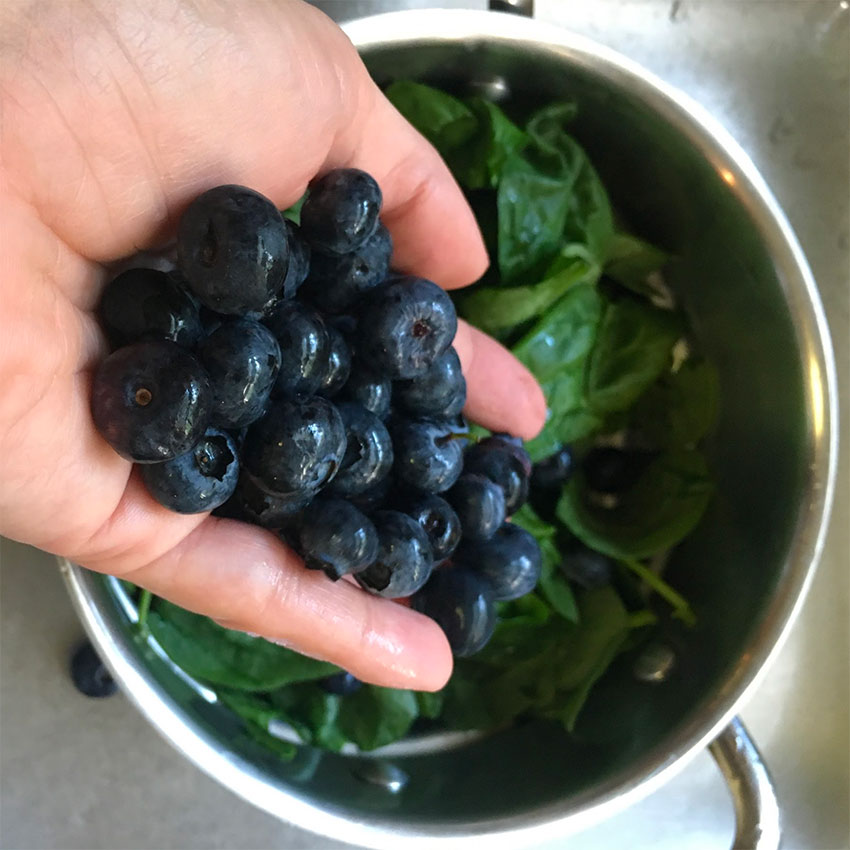
Eating a salad a day is a simple, inexpensive, and delicious way to add a host of greens, fruits, vegetables, nuts, seeds, and beans to your diet on a daily basis. According to WebMD, here are three other benefits of eating salad:
1. You’ll get more fiber. That’s a good thing, according to Dr. Barbara Rolls: “Eating more fiber can help you feel fuller, eat less, and ultimately lose weight.” So, if you’re wondering, Does eating salad every day help you lose weight? the answer may just be yes.
2. You’ll get more vitamins, minerals, and antioxidants. WebMD says, “If you frequently eat green salads, you'll likely have higher blood levels of a host of powerful antioxidants (vitamin C and E, folic acid, lycopene, and alpha- and beta-carotene).”
3. You’ll lower your risk of cancer. It’s no secret that eating a diet rich in fruits and veggies is one of the best ways to reduce your risk of most types of cancer.
The Experiment Salad Diet: Day 1
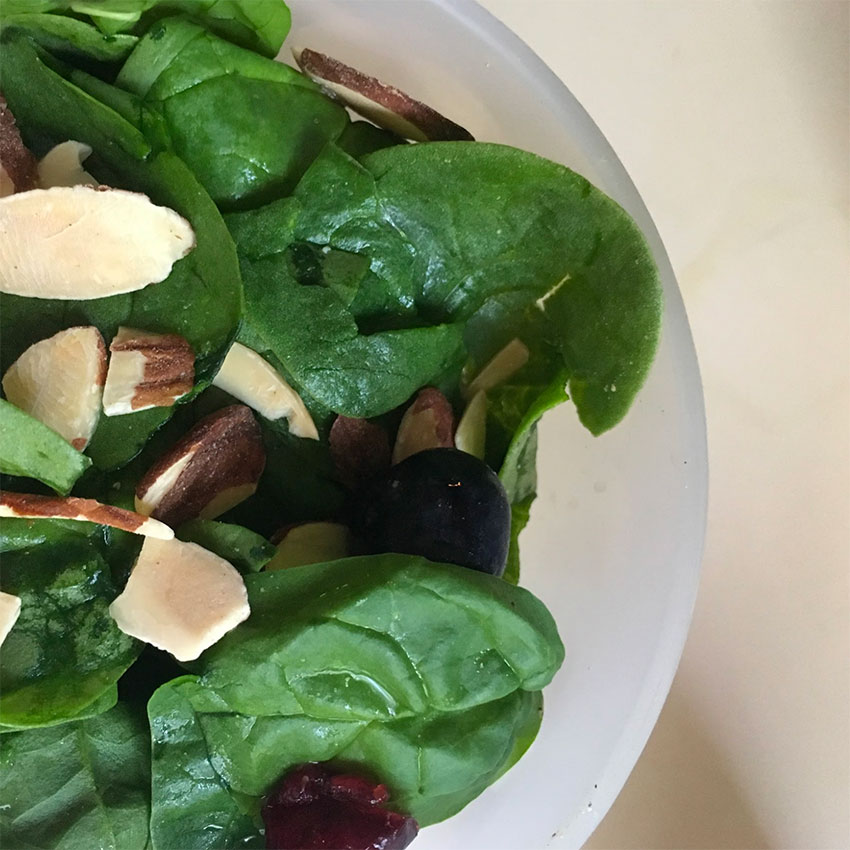
I wanted to make this process as simple as possible. From start to finish, my goal was to recommend a plan that even the busiest family can easily implement for eating a salad a day. So, on day one I sat down and mapped out my salad diet plan for the week before I went shopping. Then I bought all the ingredients I would need for the whole week. Like most people, I find that I overspend if I go to the grocery store every few days. And as long as you make a plan, it is possible to purchase all your salad ingredients for the week at once. Simply use highly perishable foods like berries early in the week and longer-lasting foods, like broccoli, later in the week.
For the first salad, I made a spinach, broccoli, and blueberry salad topped with sliced almonds. It came together in less than five minutes using bagged spinach and balsamic vinaigrette dressing, and it was delicious. My kids, who have always preferred their veggies raw more than cooked, really enjoyed this salad. This is a great starter salad for kids, who seem to naturally gravitate toward blueberries.
Here’s the recipe for this beautiful green-and-blue salad!
Salad Diet: Day 2
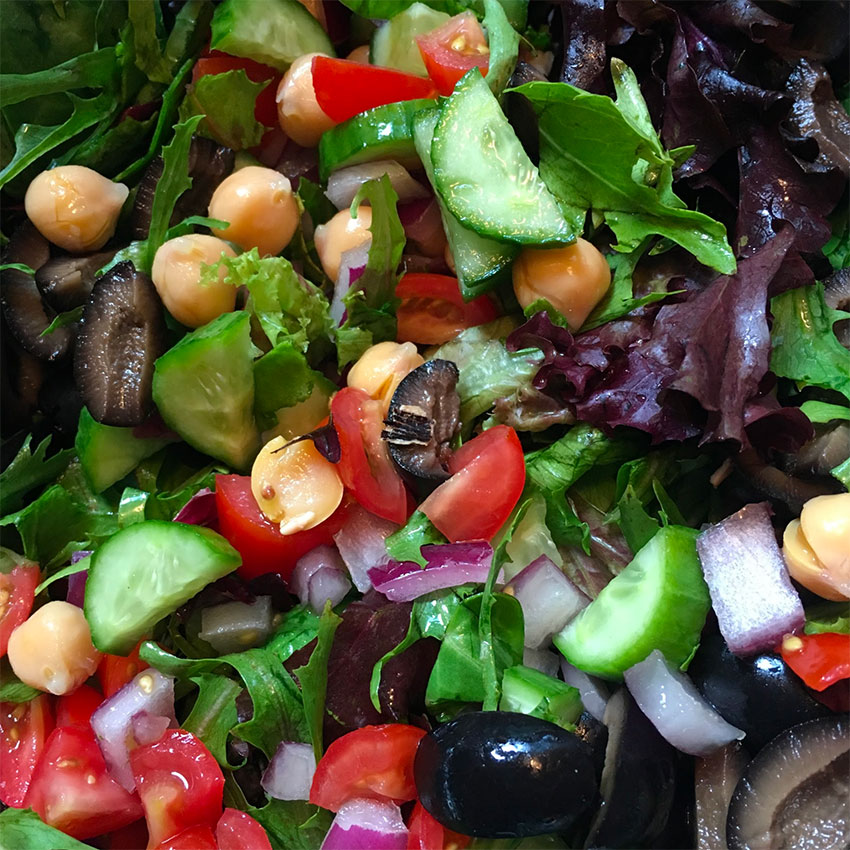
On day two I opted for a Mediterranean chopped salad. This one was not only delicious; it packed a super-nutritional punch with several veggies as well as chickpeas and black olives. You can use the basic recipe and build onto it as well, adding just about any veggies you can think of. Surprisingly, my kids ate this salad pretty well too, which made me wonder why I hadn’t been doing this all along. Imagine all the servings of super healthy foods they have missed in their lifetimes as a result of my failing to serve salads with dinner. Granted, they are only 8, 6, and 4, but still!
Here’s the recipe for this super-healthy salad that incorporates legumes.
Salad Diet: Day 3

We were still going strong eating salad every day on day three with a pear and candied walnut salad topped with Roquefort cheese. Well, actually, it was supposed to be topped with Roquefort cheese, but I simply used the feta cheese that I had purchased to reduce cost. If you aren’t worried about your grocery budget, I’m sure Roquefort or blue cheese would make this salad even more amazing.
The candied walnuts only took an additional minute or two to prepare; simply melt sugar over heat and add the walnuts, then let them cool. You can also purchase these premade, use raw walnuts, or skip them entirely. I used them as a small reward for my kids’ diligent salad eating!
Here’s the recipe for this sweet but healthy salad.
Salad Diet: Day 4
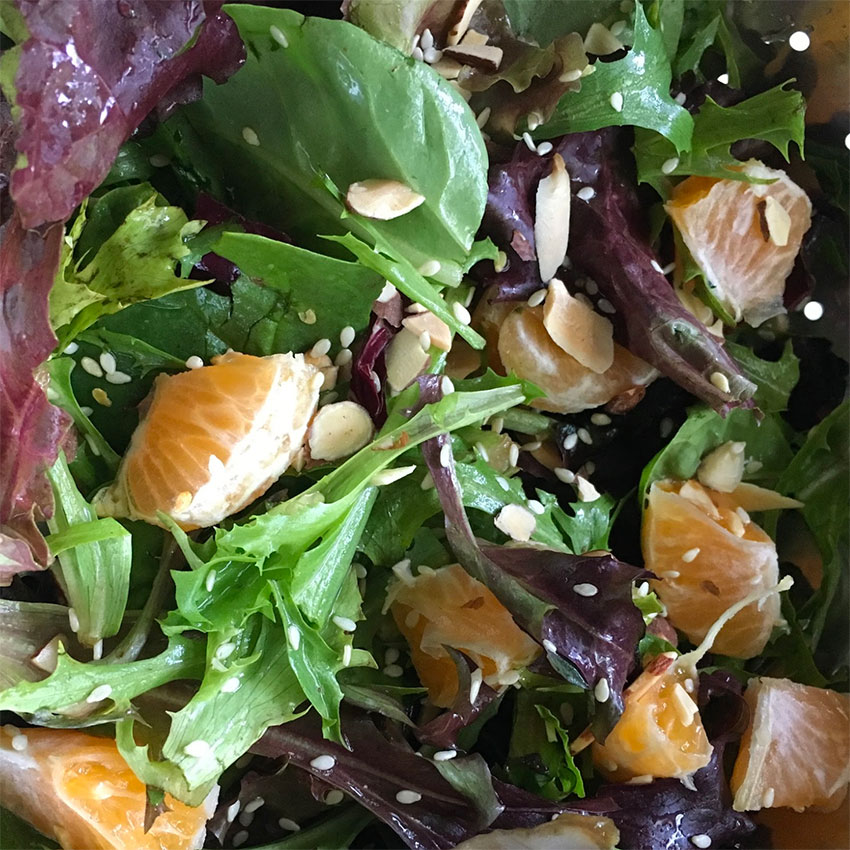
Around dinnertime of day four, my youngest started stomping around the house chanting, “No more salad! No more salad!” And she followed that up by refusing to touch her salad at dinner. Which totally figures. This just goes to show that when kids are involved, it’s going to be a bumpy road at times. Kids can be resistant to change, but if you just stay the course and don’t make a big fuss over it or force them to eat something they don’t want, eventually they will come around.
The salad du jour had greens, mandarin oranges, feta cheese, and sliced almonds. This is a pretty common salad, and lends itself perfectly to some cut-up grilled chicken, which can make it a meal in its own right.
Here’s the recipe for this versatile salad.
Salad Diet: Day 5
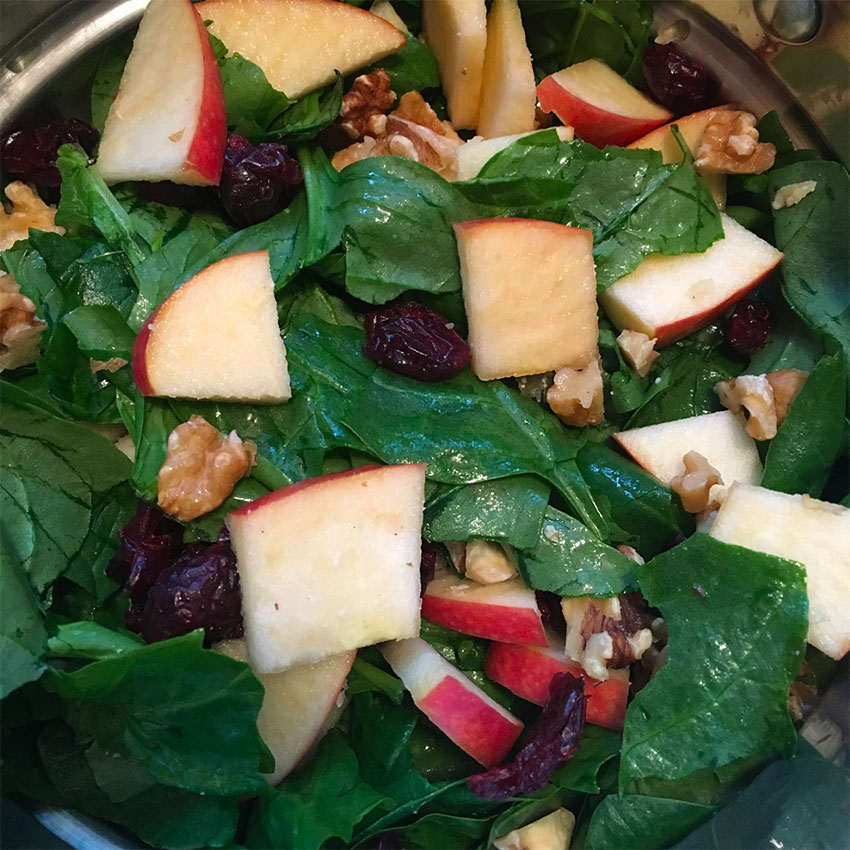
Having lost one participant in the salad challenge, I wanted to make sure my older kids didn’t get tired of eating a salad a day, so I whipped up a salad with two of their favorite things: dried cranberries and apples. This beautiful, colorful salad was delicious, and contained one serving of vegetables in the greens, and two servings of fruit. Throw a handful of sliced almonds on top and you’ve got a serving of nuts too!
Here’s the recipe for this colorful, kid-friendly salad.
Salad Diet: Results

After five days on the salad diet, I’m happy to say that my waistline is slimmer, my skin is clearer, and my debt is all paid off!
None of these things are true, of course. However, I feel good about what I did for my family and for myself this week. I made a small change that I believe will pay off in big ways. And I’m excited to continue this challenge at my family’s dinner table. I’d love to see American families take the salad challenge with me.
Will you start eating salad every day as part of a healthy lifestyle? Please SHARE with anyone who wants to add a healthy touch to their lives!




